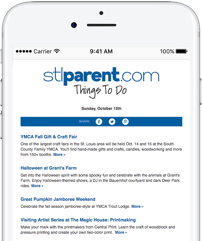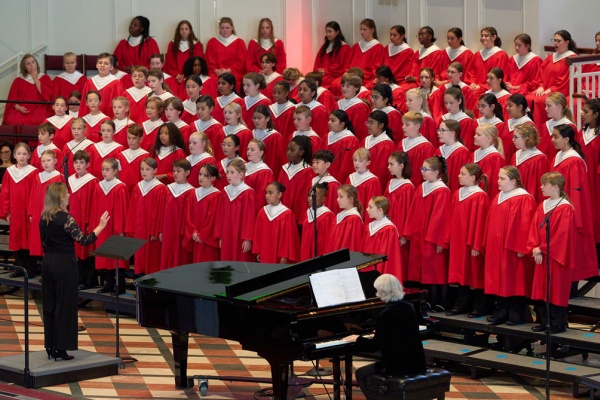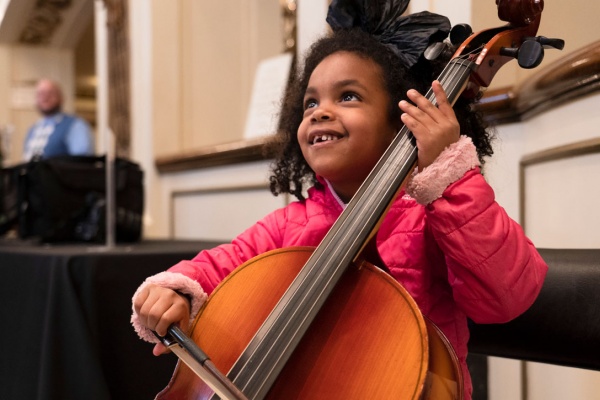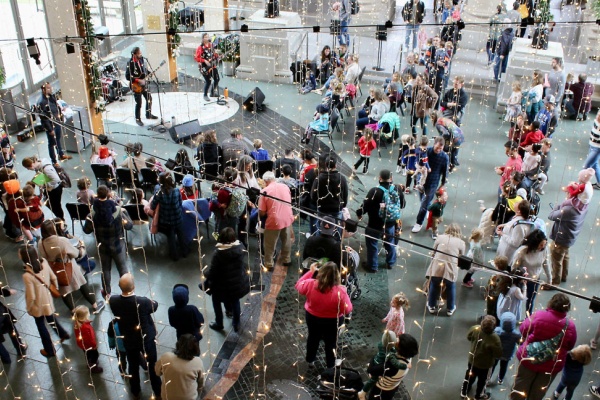

Local Stem Cells Save Lives Around the World
I’m not big on blood. Not only do I swoon while having it drawn for tests, but after two kids I still can’t even remember my own type. This aversion may be the reason I never got around to filling out the paperwork to have my sons’ cord blood donated.
I wish I’d known that when expectant parents choose to donate the blood in their baby’s umbilical cord and placenta at the time of delivery, it’s not an exaggeration to say they could be saving someone’s life. The stem cells in that blood can be used to treat more than 70 diseases, including sickle cell anemia and leukemia.
You may be familiar with stem cells from politicians’ banter about embryonic stems cells, which are a hot-button issue because they come from human embryos. Cord blood stem cells are more similar to the stem cells drawn from adult donors in bone marrow transplants and used to treat leukemia. These “adult” stem cells are extremely important because it’s their job to maintain and repair the body’s tissue.
Research into new treatments using stem cells is moving quickly – just this week a scientist from the University of Amsterdam announced a potential new gene therapy against HIV. “It’s an exciting time to be in the field,” said Kathy Fortune, quality control analyst at The St. Louis Cord Blood Bank.
It’s a public bank, which means its stem cells are available to doctors and researchers worldwide. Donations are screened carefully, both with medical questionnaires mothers fill out before the birth and with lab tests after the cord blood arrives at the bank and is stored in a freezer.
Fortune said the bank has around 20,000 units in storage, making it the second largest in the world. In the decade and a half since its inception in 1996, another type of bank has sprung up: private banks parents pay to store their child’s cord blood against the possibility they or a relative will need a transplant someday. These are for-profit enterprises that charge for collection, courier transportation and storage, usually with an annual fee. Many companies have entered this profitable field.
The Food and Drug Administration regulates both public and private cord blood banks, but last year it initiated a licensing process for public cord blood banks, which have two years to comply with new rules that came out in October. The end result is that “cord blood will be the only stem cell product licensed by the FDA for use in non-related recipients,” Fortune said.
The field is already heavily regulated. The big change for an organization like the St. Louis Cord Blood Bank is documenting all the safety steps it already takes. Fortune said the FDA understands that, because cord blood is collected in delivery rooms by physicians or midwives who volunteer their services, the process can’t be 100 percent sterile, as it would be in the manufacture of pharmaceuticals. “Because we’re dealing with living cells … they’re a little looser with us,” she said. “They understand the life-saving potential of every unit of cord blood.”
More than two dozen metro area hospitals participate in collecting for The St. Louis Cord Blood Bank at no cost to parents; you can download the necessary paperwork here. It’s especially in need of minority donors.
By Amy De La Hunt, Health Blogger for SmartParenting

Amy De La Hunt is a journalist and editor who lives in the St. Louis metro area and works across the country as a writer, copy editor, project manager and editorial consultant on everything from fiction books to monthly magazines to blog posts. When she's not chauffeuring her teenage sons to activities, Amy is an enthusiastic amateur cook, landscaper, Latin dancer and traveler. Follow Amy on Instagram @amy_in_words





















